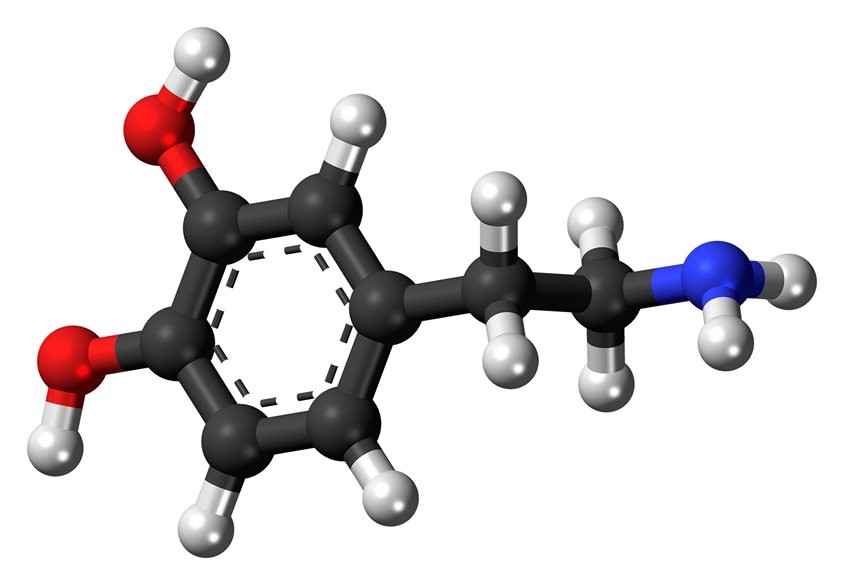The dopamine theory of addiction: 40 years of highs and lows


David J. Nutt, Anne Lingford-Hughes, David Erritzoe and Paul R. A. Stokes
Addiction is one of the biggest health problems facing the world today. Each year, many millions of people die as a result of addiction to substances such as tobacco and alcohol1, and currently available treatments for addiction have limited efficacy and application. Thus, there is a great need to better understand the brain mechanisms that are involved in addiction so that new, better-targeted interventions can be developed. A major breakthrough in brain research was made in the 1970s when the potential role of dopamine in addiction was discovered. This breakthrough stemmed from the finding of Olds and Milner2 that rats would willingly and repeatedly self-stimulate particular areas in the brain with electricity, a process that the researchers called positive reinforcement.
acesse: nrn3939.pdf

